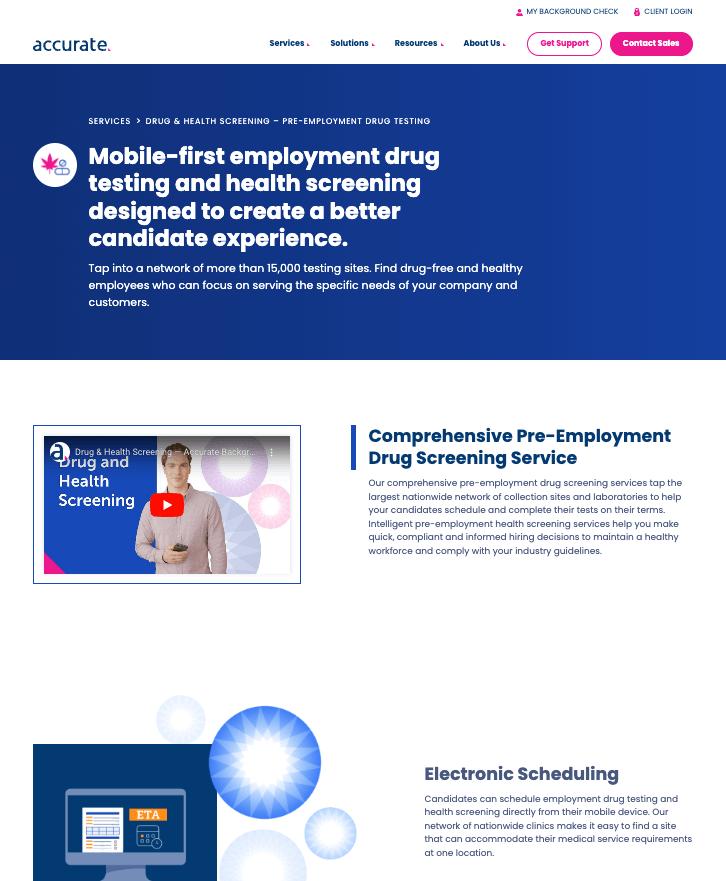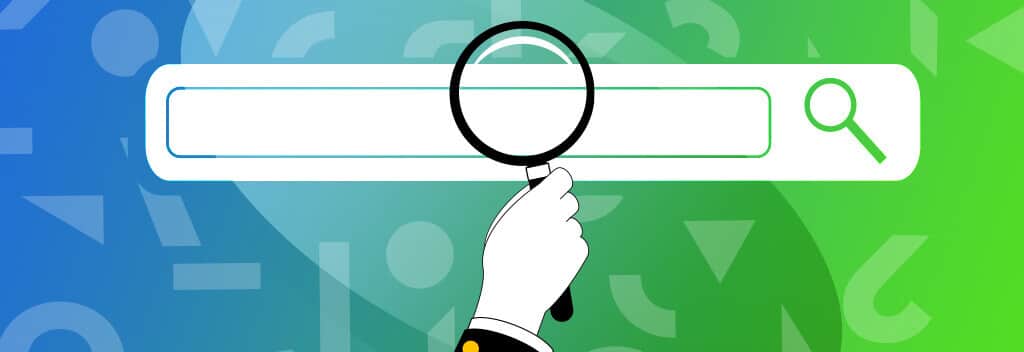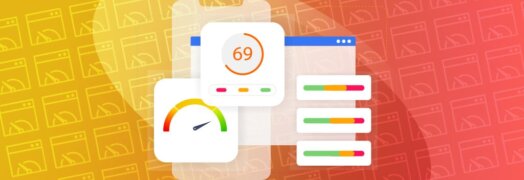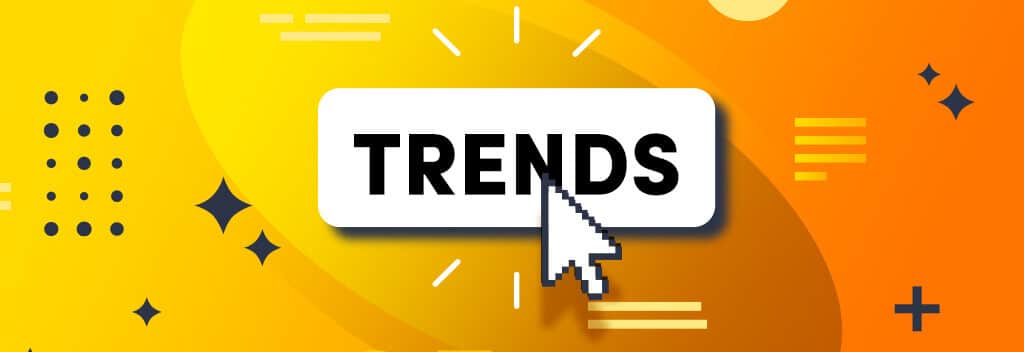Many B2B firms view search engine optimization (SEO) and website design are two separate, but equally important, entities. While SEOs are experts in all things search and web designers are experts in all things website-related, the two parties do need to collaborate to create a successful website that search engines, like Google, can read and that also provide an ideal user experience (UX).
Website Design and Development Tips for SEO
First, let’s look at what your B2B website design and development team can do to set the stage for easy search engine crawlability and indexing.
In this section, we look at:
- Responsive website design
- Website structure
- UX and accessibility
- Page speed optimization
Responsive web design
Implementing responsive web design (RWD) should not simply be done just because search engines encourage it. It should be incorporated because it makes for a fantastic user experience. Responsive web design allows users on any device (smartphones, desktops, laptops, and tablets) to easily view and navigate your B2B website.
In addition to being great for SEO and for users, RWD is great for your company. Why? Two reasons: A) you won’t have to worry about duplicate content being indexed on your mobile website and B) you only need to update one website. It may take a larger investment upfront to build the B2B website, but responsive web design saves valuable time on engineering, updating, and managing the website down the road.
Site structure
The structure is a critical element of your B2B website design. Ideally, the site structure and navigation will make sense to website visitors and show a clear hierarchy to search engines looking to identify what your company has to offer. Before you build out a B2B website, it’s crucial to have a finalized sitemap that shows the structure and hierarchy of the website pages.
For example, a best practice to optimize a website design for search engines and users is to have a row of top-level navigation that has related sub-pages listed under the main pages. These top-level tabs address the primary topics of interest for your clients. These should be your key product or service offerings, along with other key hubs for your website.
All sub-pages should relate directly to the top-level tab they fall under. Search engines and SEOs refer to this as hierarchy. Even with large or complex product offerings, the main goal of designers optimizing for search engines (and users) is to keep it simple and straightforward. .
User experience (UX)
The overall experience of a user visiting your site is essential to the success of your B2B website. It’s crucial to partner with an experienced website designer who is well-versed in seamless UX. If a website doesn’t load quickly, has broken links/pages/images, is tough to navigate, or doesn’t flow in a clear way, users will often abandon the website and start their search over. Accessibility is a relevant factor when considering the UX for ALL users. Check out our post on designing websites with accessibility in mind.
Page speed optimization
Page speed refers to how fast a website page loads. From a UX and an SEO perspective, fast page speeds are critical to ensuring a seamless visitor experience and higher rankings in search engines. Semrush does a great job of digging into page speed optimization and how you can improve it. If a website’s load time is poor, it will significantly reduce website visitor engagement, which negatively impacts search rankings.
Page speed should be a consideration in not only the website design process but also the website development process. Optimizing image displays and sizing, animations, and other design elements during the design process ensures the B2B website load time won’t be dragged down by these design features. Additionally, thinking about how to optimize the backend or code of a website can ensure a new website loads quickly and functions properly.
SEO Best Practices for B2B Website Design
Now, let’s take a look at SEO best practices that you can implement on your B2B website (that aren’t design or development-related). Google published an SEO starter guide, which is a good place to start, but we provide more detailed information below.
In this section, we explore:
- Content structuring
- Meta tags
- Internal linking
- Proper labeling
- Creating helpful content
Content structuring
Every brand or company will structure their content a bit differently depending on the audience and the material. However, it’s important to have a consistent content structure that flows well and provides key indicators for website visitors. Website visitors tend to scan and jump around, not reading every word or looking at every visual. For this reason, it’s important to create headings and sub-headings that make it clear what is covered on each page and section.
For example, a typical B2B website page that discusses services will have a main heading that clearly states what is covered on the page. Under that heading, there will be sub-headings that tackle different facets of that service – things like benefits, processes, and use cases. A well-constructed page is easy to scan briefly to find the relevant section and get a quick understanding of what the page covers.

Meta tags
Meta tags –including page titles, descriptions, keywords – give specific directions to users and to search engines. Meta titles tell search engines and users what the page is about and meta descriptions give a snippet of information about the page. While meta titles and descriptions aren’t directly visible on the web page, they may be displayed in search engine results that the user can see and base decisions on whether to click. Meta tags should be included and completed for each page and post on a B2B website.
Think of the user and the search engine (think keywords) when completing this information. A homepage meta title should not simply say “Home.” Instead, it should give information about the company and the website, and ideally, include relevant keywords.
Internal linking
Unfortunately, many websites are built without a clear internal linking structure. Internal linking is simply creating a hyperlink from one page to another. This should be done in an organized, common-sense way. For example, every primary services or products page should link to its subpages and vice versa. In addition, subpages should link to other relevant pages that the B2B website visitor may find helpful.
Internal linking should be done from relevant anchor text that includes a key term to indicate to the visitor and search engines about the content contained in the hyperlinked page or post. These links within the website should not only link to other relevant pages but to pertinent blog posts or other types of resources that relate to the topic discussed on the page.
The strategy behind internal linking is not merely to show related pages for SEO purposes, but must always provide the user with additional, relevant information. For example, an accounting software page that explains how the software functions should link to pages discussing integrations, features of the software, use cases, and customer experiences with the software.
Proper labeling of web design assets
An integral part of professional B2B web design includes an array of assets, including images, design visuals, videos, and files. These all enhance the user experience on the website and provide rich content to educate visitors. There are several SEO best practices to follow with the proper labeling of these assets. They are as follows:
- Draft relevant, keyword-rich image alt tags that describe the image or visual to both screen readers and search engines.
- Image file names are also an opportunity to enhance the SEO of a website when implemented properly. While homepage.jpg may make sense to a website designer, it doesn’t provide much info to search engines. Again, use keyword-related terms in image or visual file names.
- Asset file names should always be named in a way that describes what the file contains. For example, Software-Buyers-Guide-2023.pdf is optimized while ClientName091123.pdf is not.
- Consider the URL names when publishing new pages and posts on your B2B website. Instead of /services, optimize the URL to provide guidance to search engines with something like /actuarial-services instead.
Creating helpful content
The top-ranking websites in search all have one thing in common – they showcase helpful content for the end-users. Don’t create content just for SEO, make sure your target market is interested in the content you are creating and will engage with the content. Be original and thoughtful in your content creation, don’t just slap together a bunch of keywords around meaningless content and post it to your website. Lean on the expertise you have in your market and share it with website visitors to gain their trust, educate them, and build up your authority in the field.
When possible, build on existing content by adding more information. If your services or products page are short, look for areas where you can add more detail, information, resources, or tools for the website visitor to access.
Craft content for all buyers and decision-makers. Not only is thinking about your content in terms of multiple stakeholders at a prospect’s company good for the user experience, but it’s also helpful in terms of SEO. Consider that depending on a person’s use case or position at a company, they may need different information about your products or services. By meeting the needs of all those involved in your decision, you can build out a robust, optimized B2B website.
B2B Web Design Is for the End User
With all the moving parts of a B2B web design project, it’s easy to overlook SEO during the design and build. There are so many different factors to consider that SEO can be forgotten. However, high-performing websites include SEO best practices, because, at its core, SEO creates a great user experience.



